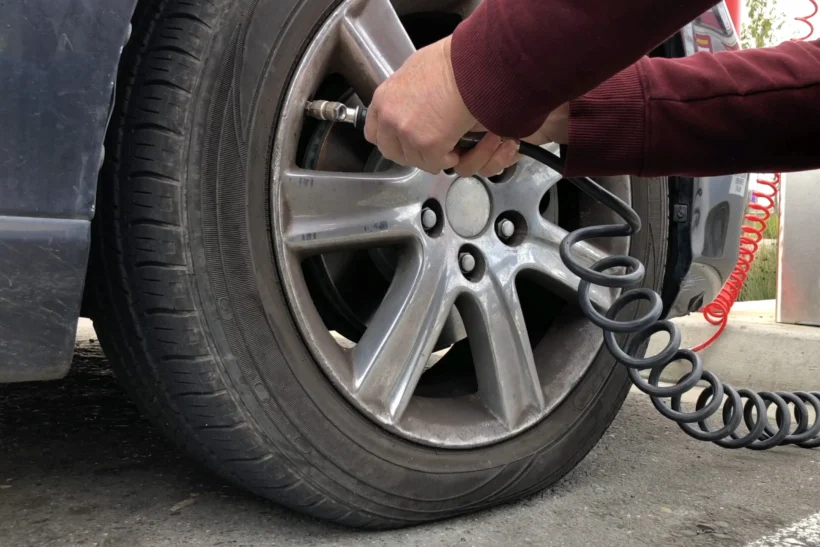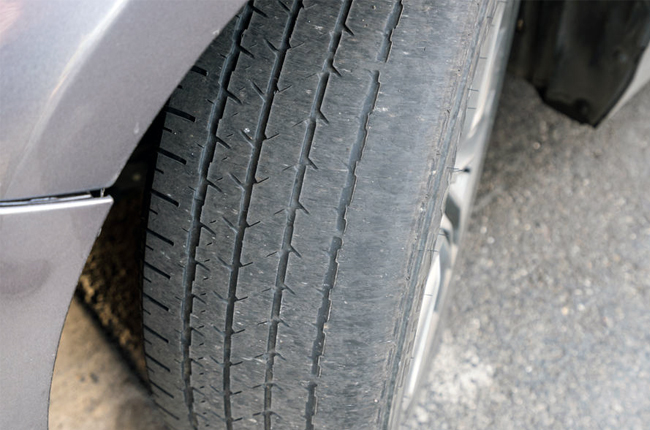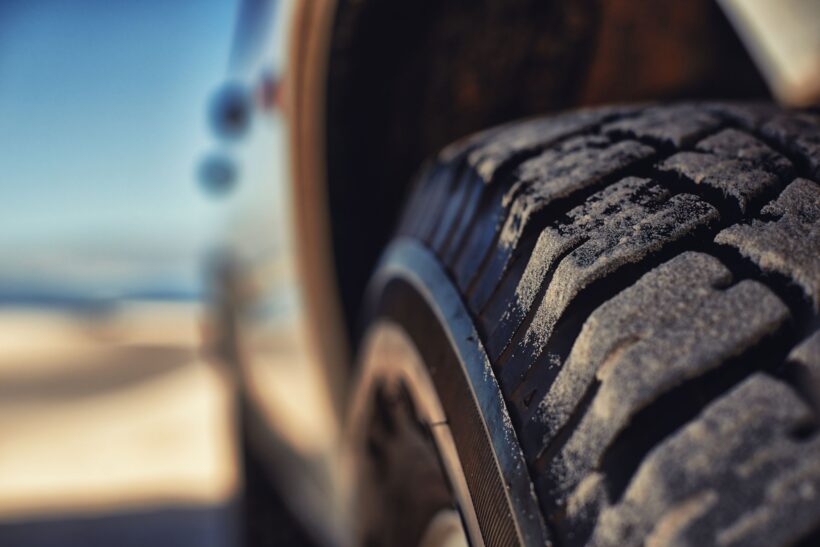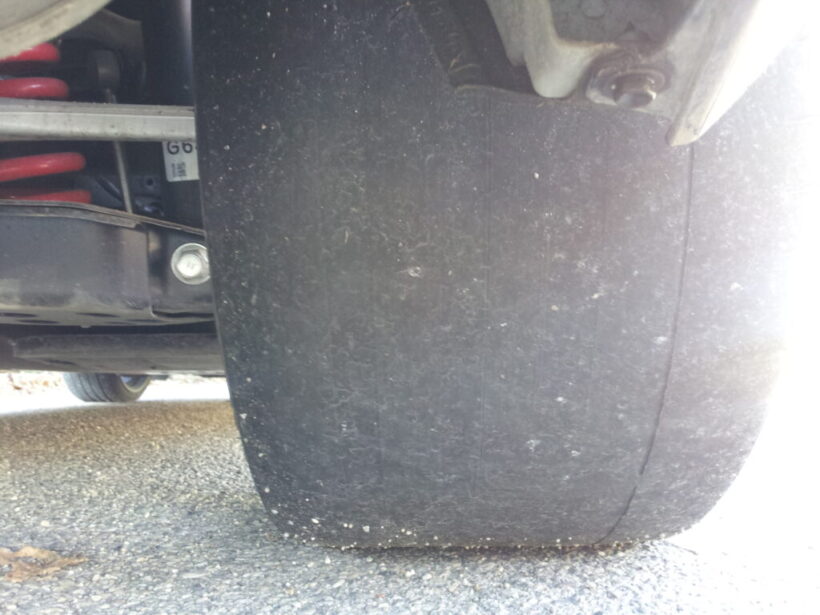For the majority of vehicles, front tires wear out comparatively faster. With that said, it’s still highly possible for rear-wheel drive vehicles to grind away their rear shoes quicker.
Furthermore, if you have different tires mounted with varying builds and materials used in each, the softer compound is bound to go down faster. This can be potentially money-draining, so it’s better and safer to use the same four tires.
If the above two aren’t the obvious reasons for what you’re encountering or the wear is particularly rapid, then it’s highly likely the issue is technical. Here are a few more reasons.
According to Tire Reviews, if your rear tires are wearing faster than your front tires, there could be several reasons. One common cause is a lack of proper tire maintenance, such as failure to regularly rotate your tires, which can lead to uneven wear. Another possible reason is overloading or improperly loading your vehicle, which can put extra weight on the rear tires and cause them to wear out faster.
1. Tire Pressure

The first thing to look out for is if your tire is properly inflated. Underinflated tires wear out on the outer margins. For overinflated tires, look for tread wear in the centre.
If the situation persists, it is also likely to cause further damage to your wheels (potential blowouts even), so make regular check-ups to keep the tire pressure in the line.
2. Inadequate Rotation
If your vehicle is front-wheel drive like the bulk of the population, your front tires should naturally bear greater responsibility and wear out slightly faster.
To keep them from doing so, rotation is advised every 5000 to 7000 miles. While the rear tires are technically roll-free in these circumstances, they can still experience free rolling resistance.
And as they continue to experience the degrading force and you neglect rotation, the result is likely to be a pair of wheels with a mountainous tread, with all those highs and lows in place for even wear.
The significance of rotation increases further for the hind wheels as we speak about rear-wheel drive cars. In this case, they handle the extent of the drivetrain forces.
Particularly for a performance vehicle with a squared tire setup (all four tires are equal size), rotation is probably the key. You might have to increase the frequency, but the hustle will be worth it when the wear evens out.
The theory is quite different for a staggered tire setup in which all the four tires are not of equal sizes. Click here to find out everything about Staggered Tires Rotation.
3. Driving Habits
Another major cause for uneven tread wear across the rear tires: most drivers don’t know how to keep their right foot in check.
If you find yourself turning corners as if you woke up in GTA, accelerating forward in a race against the unknown and suddenly putting a stop to everything with one hard brake, there’s your answer right there.
All these driving habits have a toll on your wheels. So rest that foot easier on the throttle. But that’s not it. The condition of the roads you’re driving on also matters. If the terrain is particularly rough, and you end up spinning the tires, chances are you put your tires at risk here.
Maybe also, you’re towing heavy loads (say, a trailer). If this is what you regularly subject your rear tires to, then there is bound to be some degree of faster tread wear. Overloading can play a part.
4. Misalignment

Misalignment can seriously mess up the health of your tires, subjecting them, as well as other parts of the car, to premature wear and tear. It is good to get the wheels aligned once in a while or at least check for misalignment annually.
Misaligned wheels tend to wear out faster nearer the shoulders and outer edges than the middle. The incorrect toe angle or camber are the guilty ones here. We did an entire article answering the question Does Camber Wear Tires?
Wear aside; you can look for more signs of misalignment, an obvious example being an off-center pulling force you might experience while driving on a straight road.
However, remember that wheels rarely misalign by themselves. It takes strong shocks to pull them out of their line. Unless you go all out on the braking and accelerating on martian terrains, wheels tend to stick to their alignment.
But if you have already had it fixed once, and soon enough, you’re back to a bashful stance in front of the mechanic, the problem probably lies elsewhere. And the best bet, in this scenario, are the suspension parts.
5. Damaged Suspension Parts
Damaged suspension components can birth several other issues, including the misalignment, all the while being the root cause for faster tread wear. These components include the shocks, front-end components, stockings, springs, etc.
Many drivers ignore these and head on to aligning their wheels multiple times. But that alone won’t work and will continue to put you and your vehicle at risk. Ask the mechanic to give a detailed analysis, especially if you also face handling/steering issues.
Conclusion

Rear tires prove crucial for the vehicle’s stability and, ultimately, your safety. The moment you find out they’re wearing out abnormally fast or the tread wear is considerably uneven; you better handle the situation before it digs your bank.
The reason might be as simple as harsh driving, or it may be due to inaccurate tire pressure, damaged suspension, misalignment or lack of rotation.
Many times, one of these may lead to another, so it’s better to keep an eye out by checking in for regular maintenance.
Other interesting questions about tires:
- Can Tires Cause Death Wobble?
- Do Tires Float In Water?
- Do Summer Tires Wear Faster?
- Are All-Season Tires Directional?

